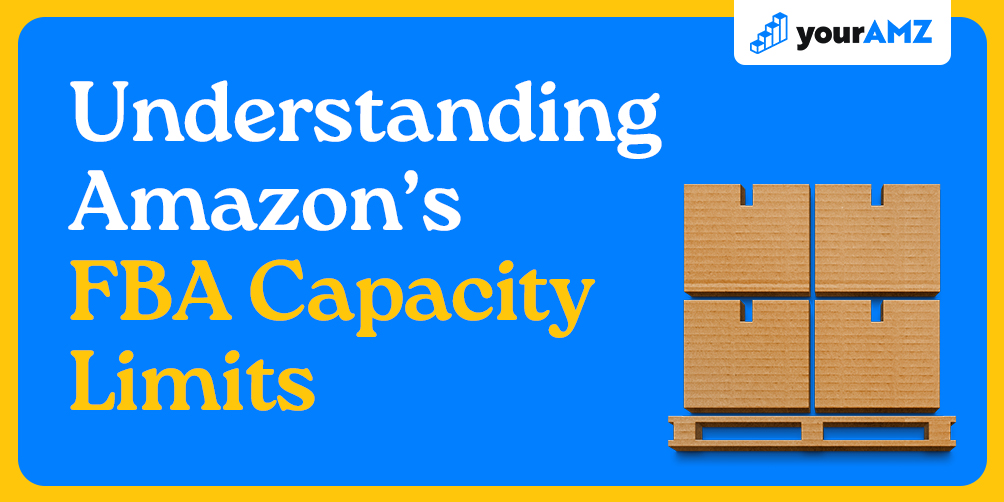Your Guide to Amazon FBM (Fulfilled by Merchant)
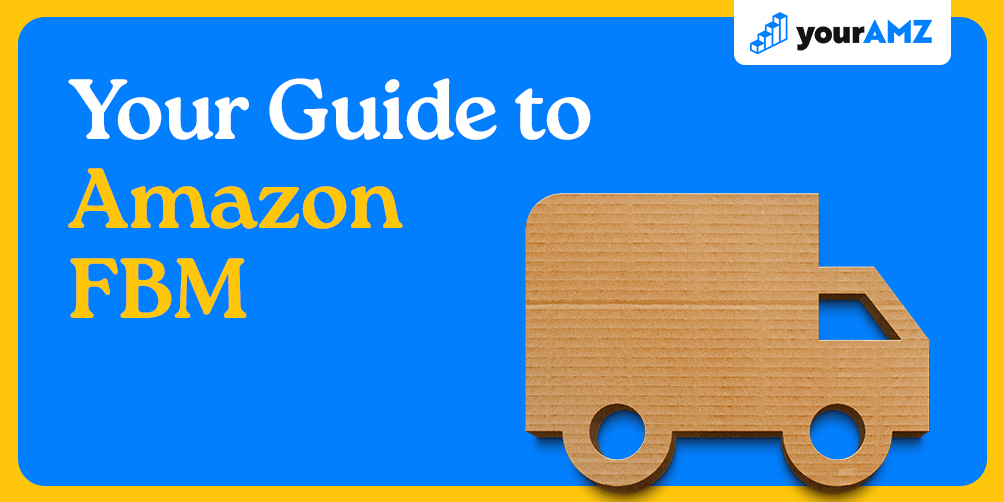
When starting out on Amazon, a common piece of advice is to use Fulfillment by Amazon (FBA). But FBA is not the only path to success and it isn’t always the best approach for every Amazon seller. In some cases, Fulfillment by Merchant (FBM) may be more cost-effective. This guide explains what Amazon FBM is and how it works.
If you choose FBM, Amazon sellers are responsible for the order fulfillment and customer support themselves. Sellers may use a third-party service provider but they must manage the entire fulfillment process independently. All orders placed by customers will come through Amazon's Seller Central and can be fulfilled through the browser but we can also connect a third party software that will pull the orders from Amazon into your system. The orders can then be fulfilled/shipped through your system and will automatically get updated in Amazon.
If using the browser, the orders will populate here: https://sellercentral.amazon.com/orders-v3/mfn/shipped?page=1. For each order, you would have to input the box dimensions, ship method, and either purchase shipping through Amazon or enter the tracking number (if purchased outside Amazon). Here is an example of an FBM Order:
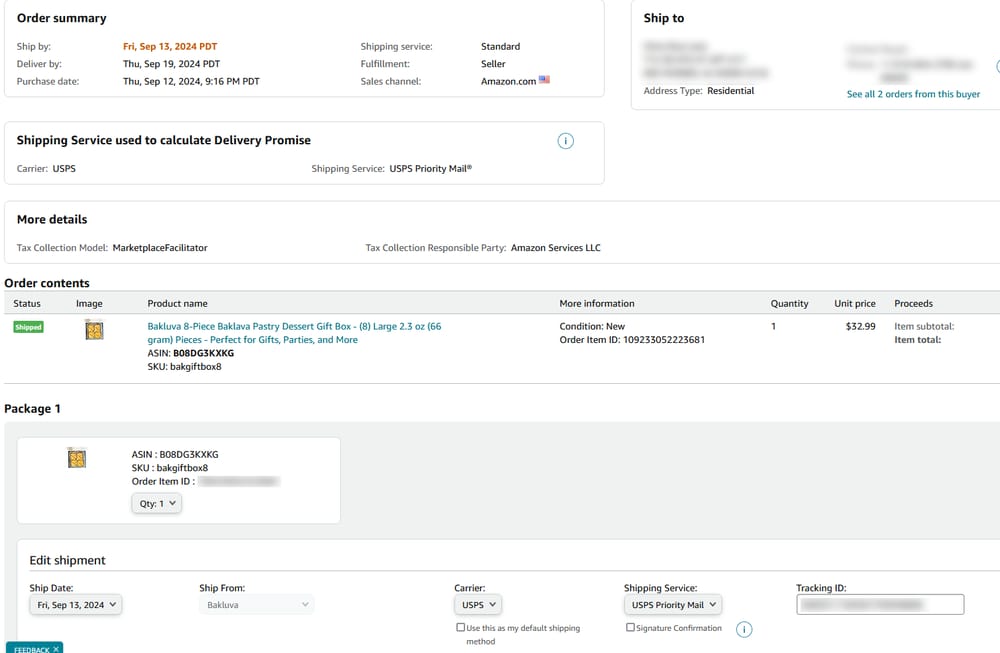
The shipping options that you can offer to customers are:
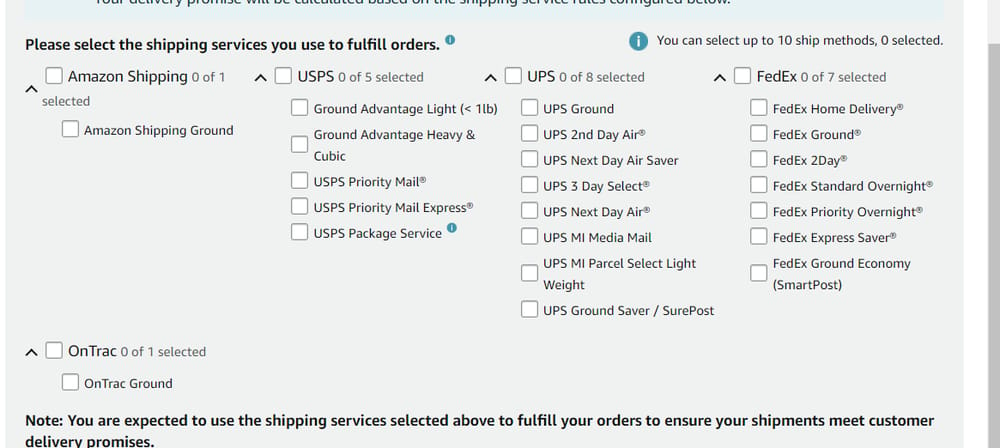
The standard window to ship an order is 2 days or else Amazon will consider the order late. You can add on days needed to ship an item, called Handling Time, to all orders which will add an amount of days that are needed to ship an FBM order once it is received. Here is more information about shipping/handling time: https://sellercentral.amazon.com/help/hub/reference/G202167920
You also have the option to offer/not offer certain shipping methods to customers and whether those costs are paid by you or the buyer:
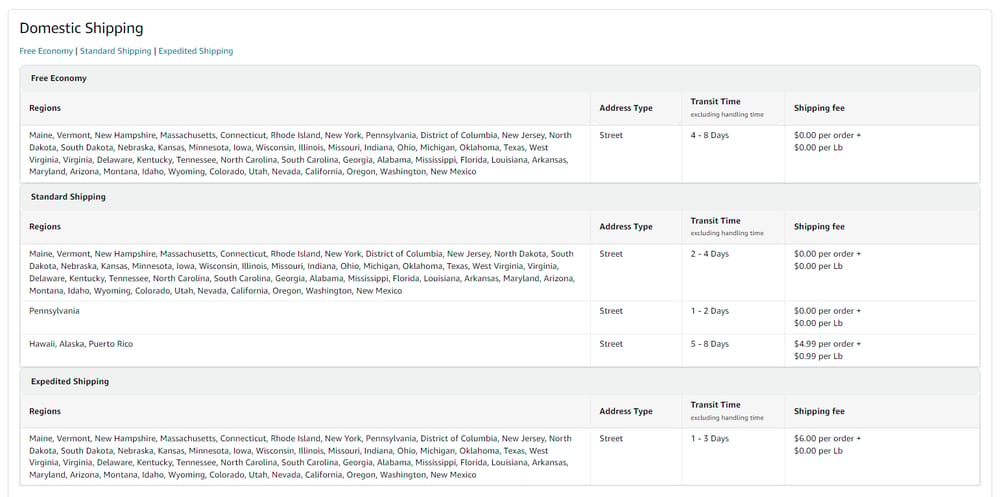
The only requirement is that you must offer Standard Shipping to all contiguous US states (excludes Hawaii, Alaska, US protectorates). Sellers can also charge the customer for the shipping cost. There are two types of Rate Models available for FBM orders:
Per Item / Weight-Based (current rate model)
Shipping rates are per item or per pound plus a fixed per shipment charge.
Price Banded
Shipping rates are determined by the total amount of the order.
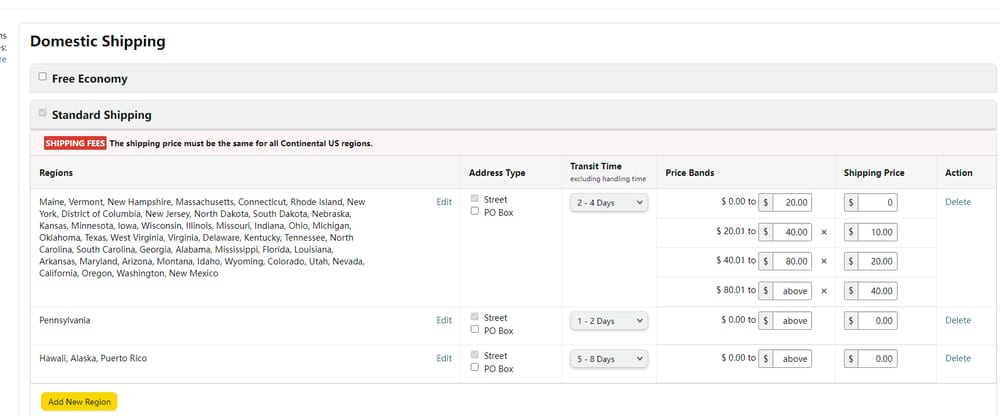
Benefits to FBM over FBA
- Less Fees per Order - With FBM, you can potentially earn more by minimizing your overheads. You won’t have to pay FBA handling and storage fees
- Better Inventory Control - Without the need to ship to FBA and wait for your inventory to be delivered/checked-in, you can hold as much inventory as needed and restock your offers more quickly, particularly during peak selling seasons. No more going out of stock, your offers will always be active.
- Total Control over Customer Experience – Sellers store their own products, ship their own products (no more Amazon brown shipping box), and handle all of the customer service for their Amazon sales – you can control the entire process.
Cons to FBM over FBA
- Lose out on Prime/Prime Exclusive Discounts - Prime benefits will not apply to FBM sellers. Unless you were able to join the Seller Fulfilled Prime program, you won't be able to display the Prime badge on your FBM listings. Your FBM offers are also not eligible for Prime Exclusive Discounts or Prime Shopping events.
- More Time/Effort - Along with shipping the orders, Sellers will also handle customer support, including returns and complaints. You’d also need to spend more time on marketing to increase the visibility of your product listings and compete with FBA sellers.
- Cost/Logistical Issues - Depending on your order volume, you may not qualify for bulk shipping rates. You may also end up more for shipping materials/shipping cost over the long run.
Whether you think FBA or FBM is best for you, know that you don’t necessarily have to choose. You can create a strategy that leverages the strengths of both fulfillment methods by offering both FBA and FBM offers for your products. You can use FBA for small-sized fast-selling items and FBM for large-sized slow-moving items. You can also switch from one fulfillment option to another as your business changes.
Unlock Your Amazon Potential
%20(1).avif)

.png)

.png)
